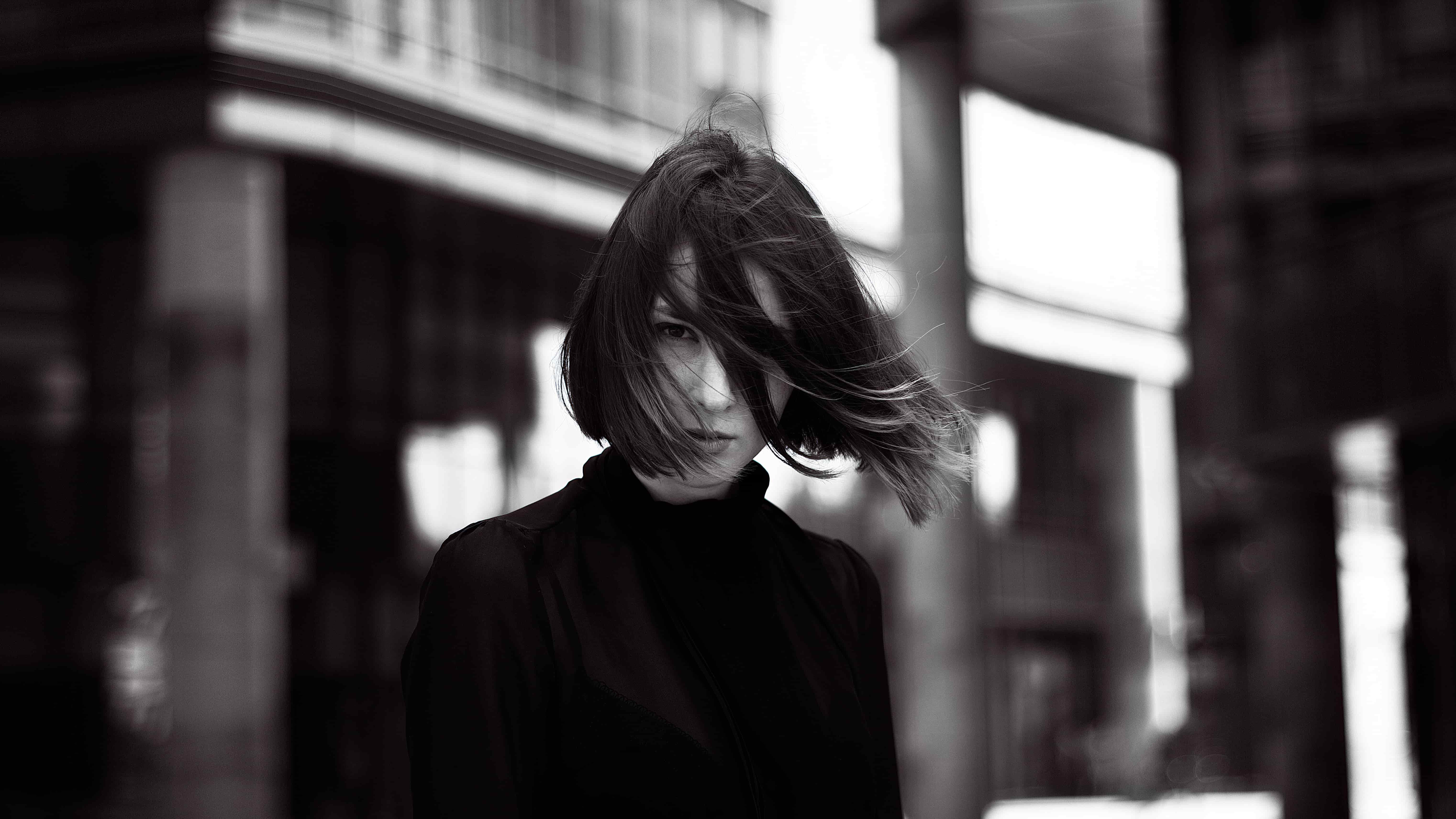Your cart is currently empty!
Floral Reveries: The Secret Language of Flowers in World Literature
Flowers are among the most enduring symbols in literature. They are more than decoration—they are vessels of emotion, markers of identity, and silent narrators of human experience. Across time and geography, writers have harnessed the symbolic potency of blooms to articulate the ineffable: love, grief, morality, and the delicate passage of time. This florist guide takes you on a journey through the literary garden, exploring how the humble flower becomes a language in its own right.
Roses: Passion, Politics, and the Poetics of Love
Few flowers carry the cultural and literary weight of the rose. In Western literature, its symbolism spans the sacred, the political, and the intensely personal. In Dante’s Divine Comedy, the rose becomes a celestial emblem, its perfect symmetry a mirror of divine love. Shakespeare, in contrast, wielded the rose as a symbol of mortal conflict. The Wars of the Roses, immortalized in his history plays, turned the flower into a marker of political allegiance and the fragility of dynastic power.
Romantic poets, from Keats to Shelley, further layered the rose with passion and desire. Its red hue evokes not only love but the thorns of heartbreak, a duality that resonates across cultures. In Persian ghazals, the rose often appears alongside the nightingale—a metaphor for longing and unattainable beauty—while in modern novels, the rose can signal a character’s hidden vulnerability or the fleeting intensity of human connection.
Lilies: Purity, Mourning, and the Ephemeral
The lily is a flower of contrasts, appearing in literature as a symbol of both purity and transience. European writers frequently use the Madonna lily to signify virginity, innocence, and divine grace. In Christian allegories, its whiteness embodies moral perfection, while in funerary contexts, lilies signal the fleeting nature of life. Victorian poetry often pairs lilies with the motif of mourning, offering a delicate meditation on mortality.
In East Asian literature, lilies are valued for their seasonal and sensory significance. Japanese haiku and tanka often celebrate the lily as an emblem of ephemeral beauty, capturing the tension between permanence and impermanence. This quiet reflection on time and existence is mirrored in European modernist poetry, where the lily becomes a symbol of fragility, poised on the cusp between life and decay.
Lotus: Spirituality, Resilience, and Rebirth
In Eastern literary traditions, the lotus is perhaps the most potent floral metaphor. Rising unsullied from murky waters, it embodies the triumph of purity, spiritual awakening, and resilience. Sanskrit epics and Buddhist sutras describe the lotus as the seat of gods and enlightened beings, its petals unfolding to reveal the self’s journey toward understanding.
Classical Chinese poetry also celebrates the lotus for its quiet dignity, often juxtaposing the flower against autumnal landscapes or reflective waters. Modern Chinese literature continues this motif, using the lotus to explore personal and societal transformation. Its symbolic versatility allows it to act as both a moral compass and a vehicle for emotional introspection, reflecting the human capacity to emerge untainted from adversity.
Violets and Forget-Me-Nots: Memory, Modesty, and Emotional Depth
Small, unassuming flowers often carry profound literary significance. In European poetry, violets represent humility, modesty, and discreet affection. They rarely dominate a scene but leave a lingering impression, embodying subtler forms of love and admiration. Forget-me-nots, by contrast, serve as emblems of memory, fidelity, and enduring attachment. Shakespeare references both in the language of courtship and remembrance, weaving floral imagery into the fabric of human relationships.
Russian literature frequently employs these delicate blooms to anchor pastoral and domestic settings, evoking nostalgia and grounding characters in social and familial contexts. Their understated presence often contrasts with more overt symbols of passion or conflict, creating a layered, emotionally resonant narrative landscape.
Chrysanthemums: Contemplation, Mortality, and Seasonal Reflection
Chrysanthemums occupy a distinctive place in East Asian and European literary traditions. In Japan and China, they are associated with autumn, longevity, and reflection. Japanese haibun often depict chrysanthemums as meditative companions to the human experience, reminding readers of the impermanence of life and the beauty of contemplation.
European writers, particularly during the Modernist period, adapted chrysanthemums to symbolize introspection and existential melancholy. Their intricate petals suggest complexity and resilience, making them ideal metaphors for characters navigating social hierarchies, personal ambition, or the vicissitudes of emotional life. In poetry, they often mark the transition of seasons, serving as natural signposts of change, decay, and renewal.
Orchids, Daisies, and the Wider Floral Palette
Other flowers, too, carry rich literary meaning. Orchids, with their exotic elegance, often symbolize luxury, refinement, and the rarefied beauty of desire. In Victorian fiction, they might denote aristocratic taste or unattainable allure, while in modernist narratives, they suggest exoticism and aesthetic contemplation.
Daisies, in contrast, are humble and unpretentious, embodying innocence, simplicity, and the joys of rural life. From Wordsworth’s pastoral poetry to contemporary novels, daisies act as a counterbalance to the intensity of more opulent blooms, grounding narrative worlds in everyday charm and natural clarity.
The Universal Bloom: Flowers as Emotional Vessels
Across cultures, flowers perform a unique literary function: they speak where language cannot. From the passionate rose to the meditative chrysanthemum, from the modest violet to the transcendent lotus, flowers encapsulate the human experience in ways both universal and particular. They carry emotion, signal character, mark time, and serve as vessels for cultural memory.
Their power lies in subtlety and versatility. A flower may appear only briefly on the page, yet its symbolic resonance endures, creating a quiet dialogue between text, reader, and nature. In the world of literature, blooms are more than botanical—they are philosophical, emotional, and deeply human. They remind us that even the most transient beauty can hold infinite meaning.


